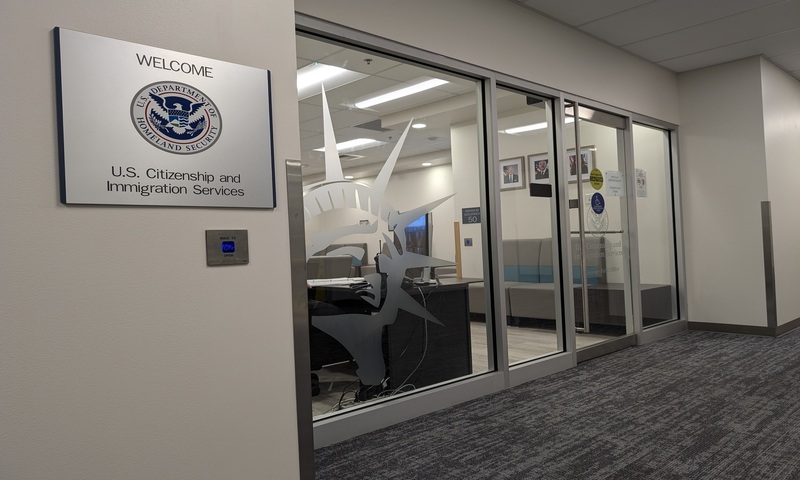US Citizenship and Immigration Services (USCIS) has announced that it has received sufficient petitions to meet the congressionally established H-2B visa cap for the first half of fiscal year 2026. The final receipt date for new cap-subject H-2B worker petitions requesting an employment start date before April 1, 2026, was September 12, 2025. Any petitions received after this date seeking a start date in the first half of the fiscal year will be rejected.
The H-2B program, established by the US Congress, allows American employers to hire foreign workers to fill temporary, non-agricultural jobs. The Immigration and Nationality Act (INA) sets a statutory numerical limit, or “cap,” on the total number of foreign workers who may receive H-2B status during a fiscal year.
Currently, the H-2B cap is set at 66,000 per fiscal year. This number is divided into two halves, with 33,000 visas allocated for workers beginning employment in the first half of the fiscal year (October 1 to March 31) and another 33,000 for those starting in the second half (April 1 to September 30). Any unused visas from the first half of the year are made available for the second half. Unused H-2B visas from one fiscal year do not carry over to the next.
Certain petitions for H-2B workers are not subject to the numerical cap. These include petitions for workers who are extending their stay, changing employers, or altering the terms of their employment. Additionally, workers who have already been counted against the cap within the same fiscal year and are named on a new petition are not counted again. The spouses and children of H-2B workers, classified as H-4 nonimmigrants, also do not count toward the cap.
The following specific categories of workers are exempt from the H-2B cap:
- Fish roe processors, fish roe technicians, or supervisors of fish roe processing.
- Workers performing labor or services in the Commonwealth of the Northern Mariana Islands or Guam until December 31, 2029.
Once the cap is reached, USCIS will only accept petitions for workers who are exempt or not subject to the H-2B cap. The agency noted that the number of beneficiaries approved or with pending petitions typically exceeds the actual cap to account for potential withdrawals and denials.
USCIS Anchorage field office in Alaska. Photo credit: USCIS/Facebook.




Facebook Comments